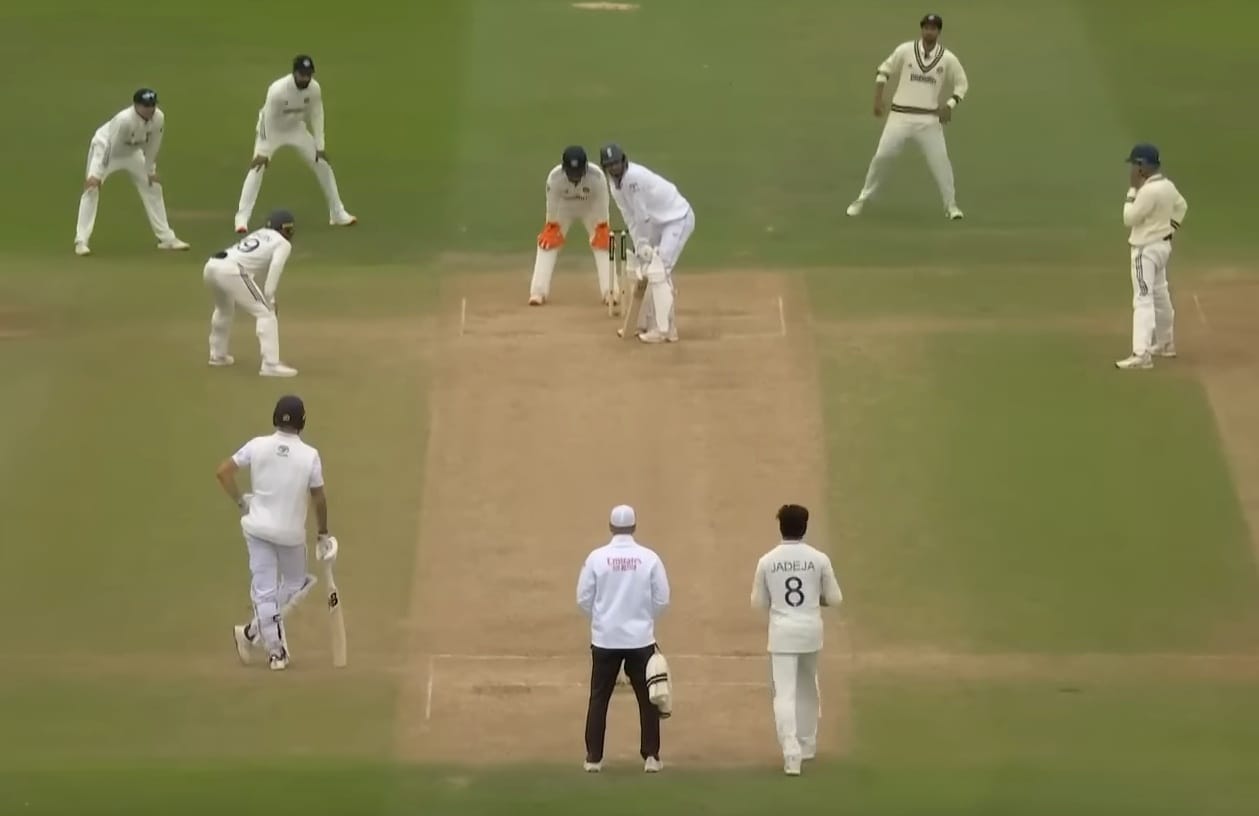The present era of aggressive batting and bowler friendly conditions in test cricket has rendered the art of batting out draws extinct. While run rates in test cricket have reached an all time high, global batting averages have dipped. Resilience in test batting once a valued trait in the previous era seems to have gone extinct in the modern era of test cricket.
The last WTC cycle consisted of 70 matches, out of which 4 of them resulted in a draw. Over the last 3 WTC cycles, that is 6 years of test cricket there have been a total of 24 draws. Draws have almost gone extinct in the game of test cricket with the inception of the World Test Championship.
Are draws dead?
The present era of test cricket is characterised by the prevalence of the wobble ball bowlers in most pace attacks, a development which has led to a dip of global batting averages. The average runs per wicket was 29.01 in 2024, the sixth lowest runs per wicket among 56 years in which at least 20 tests were played.
Correlate the global batting averages with each WTC cycle and the number of draws, with it and you get a clearer picture of how batting averages have impacted results in test cricket.
| WTC cycle | No. of draws |
| 2019-21 | 8 |
| 2021-23 | 12 |
| 2023-25 | 4 |
The structure of the WTC has incentivized result games when both teams are trying to win the game within five days. The combined effects of the WTC structure and the wobble ball era has reduced the number of draws in test cricket.
How has batting changed?
Teams have adapted to modern day test cricket in their selection process as well. The old school resilient test batters have fallen out of favour and made way for the modern swashbuckling test batters who take on bowlers, disrupting lengths and hitting boundaries.
Batters like Pujara or Dom Sibley have been dropped from the international setup and made way for rising stars such as Jaiswal, Pant and Harry Brook.Slowing down run rates in a bowler dominated era seems to be a recipe for impending collapses for the batting order, so batters would rather go down swinging and make some runs in the process.
Here we can see, how teams have made runs quicker over the last eight years, the trend is only going upward. Result based test cricket has rewritten the grammar of test batting and how teams think about structuring their innings.
Bazball’s Boldness Backfires at Edgbaston
Stokes and McCullum brought England’s white ball heroics with the bat to test cricket to varying degrees of success. The steep climb in the rate of runs per over in test cricket can be attributed to Bazball and their aggressive, disruptive brand of cricket.
When confronted with a mountain of runs to chase in the second innings of the Edgebaston test, England looked unsure of what to do. They should have shut up shop and played out the draw on a wicket that had looked extremely flat all throughout the test match. But in part due to Akash Deep extracting seam from the wicket and some reckless batting, England gave away a win to India.
This was not unnatural, especially from a side who have famously expressed their disdain for draws. The modern game with its result based intent has rendered resilient, defensive batting extinct which is an essential tool in any team’s arsenal if they want to bat out draws.
Evolution of batting
Test batting has gone through an evolution in modern day test cricket. Batters are selected on the basis of their T20 performances and their intent based strokeplay. The days of blocking out balls or seeing off the new ball are gone, replaced by handsome stroke making and an intent to move the game forward.
In this era of result based test cricket, the skills of dead batting sessions and playing out draws, holding scorelines in test series are lost skills. Batting out draws seems to have become an unexpected collateral of the World Test Championship.


[…] Check out the latest article on Sportspedia Zone about “Are Draws Dead in Test Cricket?” […]
[…] exploiting climate has become a modern art form. Let’s break down how climate zones are changing Test cricket’s tactics and how “micro-specialists” are being groomed to master […]
Lovely stuff!! The graphs were so well made and informative. Very talented writer indeed. Looking forward to reading more of his works.
[…] performance has seen him draw level with Rohit Sharma for the second most sixes by an Indian in Test cricket, with both players having 88 […]